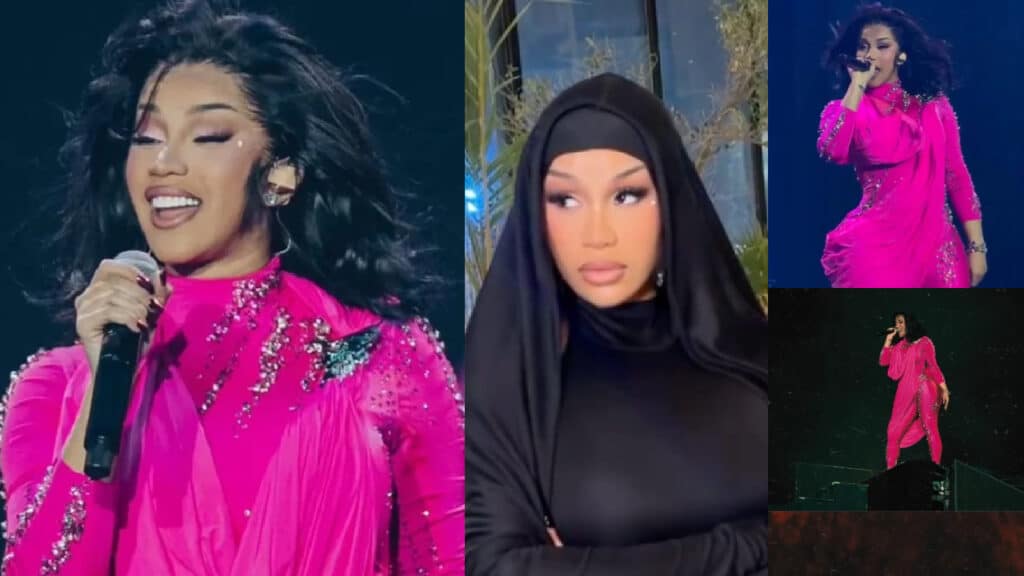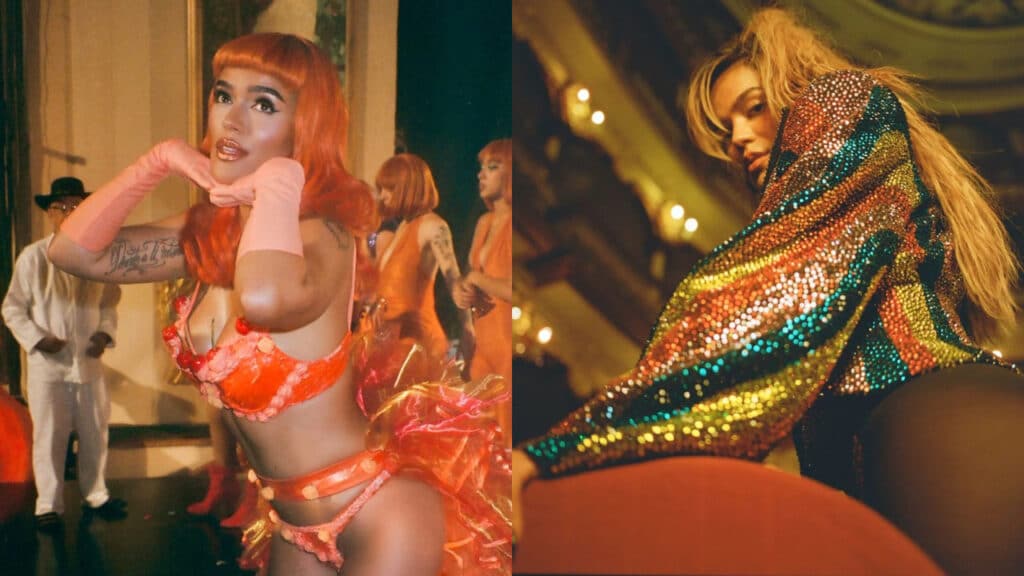‘Adolescence’ Isn’t Just a Netflix Hit—It’s a Mirror for Latino Culture
Teenagers have taken over the streaming world once more. This time, with a societal warning that’s left families reflecting on the state of boys in our society. Adolescence is a new Netflix drama following a family after their 13-year-old son, Jamie, murders a schoolmate. The series sheds light on the crisis among teenage boys in the era of social media, incel culture, and the “manosphere.”
The four-episode miniseries has climbed to the top of the streaming charts. In fact, Adolescence has set a record with 66.3 million views in the two weeks since its release. And with good reason. Unlike other similar crime series that focus on “who” committed the crime and its effects on the victim and their family, this one forces us to realize how any of the boys we know and love could easily become Jamie, the crime’s perpetrator.
Growing up in a patriarchal and machista society as a Latina, watching Adolescence resonated with widely accepted behaviors I saw often throughout my life. In fact, it’s nearly impossible for me to separate the misogynistic online culture or “manosphere” that radicalized a 13-year-old child into committing a crime, from how machismo presents itself in Latino culture.
Machismo principles are evident in Manosphere online culture
The encyclopedia defines machismo as the “exaggerated pride in masculinity perceived as power, often coupled with a minimal sense of responsibility and disregard for consequence.” Coupled with “a denigration of characteristics associated with the feminine.”
Just as machismo emphasizes strong and aggressive masculine pride, often at the expense of subordinating women, the manosphere is a collection of online communities that promote doctrines on masculinity, misogyny, and a strong opposition to feminism. These ideas have spread like wildfire on social media and forums. They are encouraging young boys to embrace their “masculinity” or at least their definition of what that means.
Both machismo and the manosphere promote hegemonic masculinity. Or the idealized form of masculinity that sees men as dominant in society
Under this theory, traditional gender roles and the devaluation of women are enforced. In the case of Jamie in Adolescence, and thousands of other young boys, he understands it as permission to be violent. After all, if misogynistic influencers like Andrew Tate, Hamza Ahmed, and Sneako push you to believe “men are struggling” and the rise of “female privilege” and getting away with it, then why would you not?
As the show explores these themes, it’s impossible not to find parallels within machista culture. How many times were your brothers, cousins, or children told by family members, or even their educators, that “los hombres no lloran” or to be more “machito”?
Machismo isn’t always the cookie-cutter definition in the encyclopedia. In many cases, it’s as simple as how women in our Latino families are expected to love their husbands even if they are cheaters, violent, or obsessive. It’s teaching your daughter she can’t wear certain clothing. Or not allow her to bring a boy back to the house, yet allowing your sons to invite as many women as they want. It’s coddling grown men, maintaining them, and being permissive well into adulthood, exempting them from blame and responsibilities.
Many of us grew up watching our mothers, tías, and abuelas stand quietly when faced with male rage. We saw them asking the wrong questions as to why violence was perpetrated against women, and not why men felt empowered to choose it as a response in the first place.
Violence as a primary option at the fingertips of teenagers
Gender-based violence is nothing new. Despite societal advances, the United Nations estimates 736 million women, nearly one in three, have been subjected to physical and/or sexual violence at least once in their lifetime. These same figures demonstrate that in 2023, an estimated 51,100 women and girls were killed by their intimate partners or other family members.
While adult men commit many of these crimes, violence among teenage boys is becoming more prevalent. Although Adolescence is fiction, creators Jack Thorne and Stephen Graham based the show on the reports of several knife crimes at the hands of young boys in the United Kingdom.
“I was thinking, ‘What’s going on? What’s happening in society where a boy stabs a girl to death? What’s the inciting incident here?’ And then it happened again, and it happened again, and it happened again,” Graham said to Netflix’s Tudum. “I really just wanted to shine a light on it, and ask, ‘Why is this happening today? What’s going on? How have we come to this?”
In Latin America, UN figures show nearly 4,473 women were victims of homicide in 2021
The number exemplifies that at least 12 women are killed daily through violent crimes. Additionally, the report states adolescents and women between 15 and 29 were most targeted. With more than 4% of victims being under the age of 14.
“There is a need for a conversation about boys and about girls, about the harm being done to girls. And about the implicit violence that’s happening in coded conversations between girls and boys all the time,” Thorne says.
Online communities of “Incels” or “involuntary celibate” males frustrated by their lack of sexual experiences, particularly from women, blame females for their “lack of romantic success.” Incel forums consider women gold diggers, manipulative, and promiscuous. Many websites incels themselves run initiate violence against women who may reject them sexually.
Like machista principles, the incel community also believes that sexual rejection from women prohibits men from being “masculine,” and “machito.” They place the blame on women rather than on their actions as men themselves. In Adolescence, pillars of this movement, such as the 80/20 rule, in which 80% of women are attracted to 20% of men, the “red” and “blue” pill theory, are revealed to groups of parents who may not be aware this is even happening among their teenage sons.
But while it’s easy to blame social media for it all, there’s a combination of factors at hand. As a society, we’ve reached a point where women are aware of their rights. We are asking for them and seeking more equitable treatment on all fronts. If that’s the case, then why, instead of becoming allies to women, are some groups of men opting for the return of machista principles?
Adolescence calls for a broader cultural change that we all need to take part in
It would be easy to blame the manosphere for the behaviors Adolescence brings to light. But the truth is that as a society, we all contribute to the development of new generations. And this is both a blessing and a curse. As Graham told Tudum, the piece starts a conversation we can no longer avoid having.
“We made a piece that was based on truth and things that are happening in Britain with young men stabbing young girls to death,” he said. “We just wanted to shine a light there, and, predominantly, we just wanted to create conversation between parents and children.”
Adding, “It’s a societal issue. Do you know what I mean? Irrespective, maybe, of your political aspirations or your economic background … I think it’s something we were all just looking for. To shine a light on [the problem], and it seems to have crossed that gap.”
Teenagers are affected not just by their families but also by their classmates, the music they listen to, the movies they watch, their teachers, and friends at school. Add to that growing up in a world of social media pressuring you to look, feel, and act a certain way. That’s where we come in. As we raise future generations, it’s time to show young men we are all on the same team. That violence is not the answer, and that it doesn’t make them more “men,” it simply ruins bright futures we could be building together.




